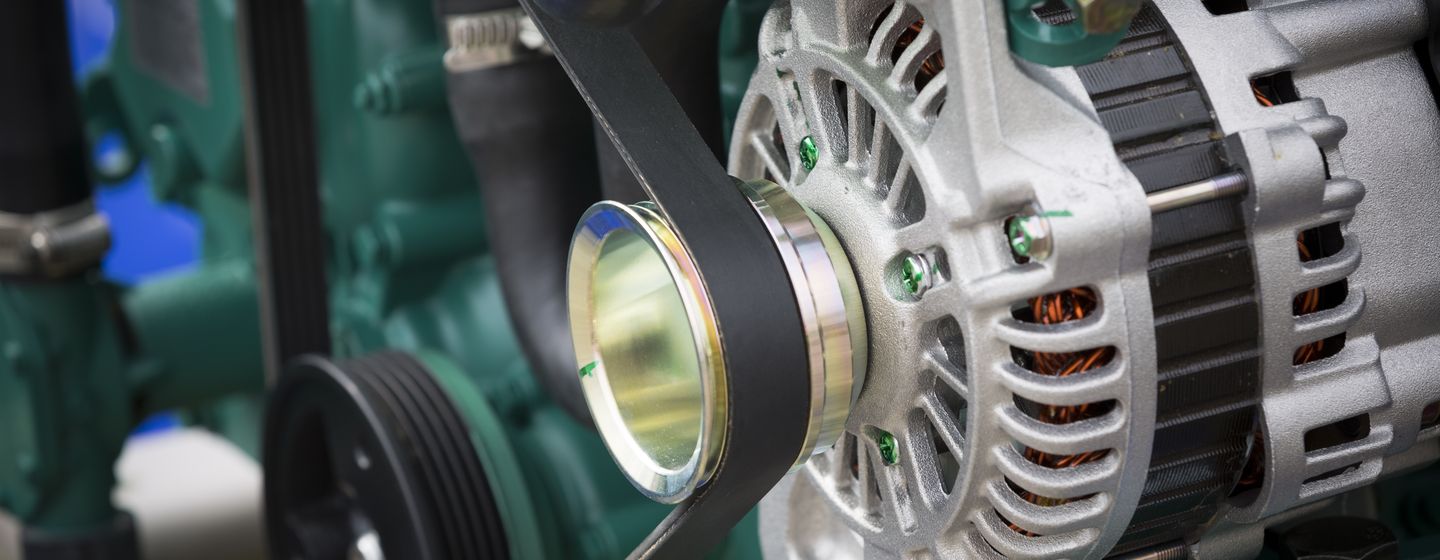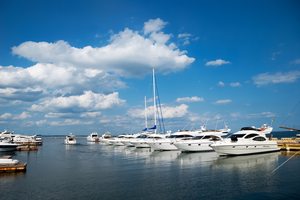Locating the correct parts for your specific engine model can sometimes be a challenge depending on your location; so as the saying goes — fail to prepare, prepare to fail.
In this article:
Hopefully, you’ll never experience a terminal engine failure, and should some serious mechanical failure happen, there’s rarely little that can be achieved at sea, leaving the option of limping home on an auxiliary or second engine the only solution.
While you may have two (or more) engines onboard, they are not infallible. A regular maintenance schedule helps reduce the chance of belts and impellers failing due to age, but a blocked cooling water inlet or water in the fuel system can immobilize a yacht.
Breakdowns happen. Inspect items like filters and belts as part of your daily checks, and do not delay your regular maintenance schedule; it’s far easier to replace a filter when you’re at the dock than when the boat is rolling around at sea.
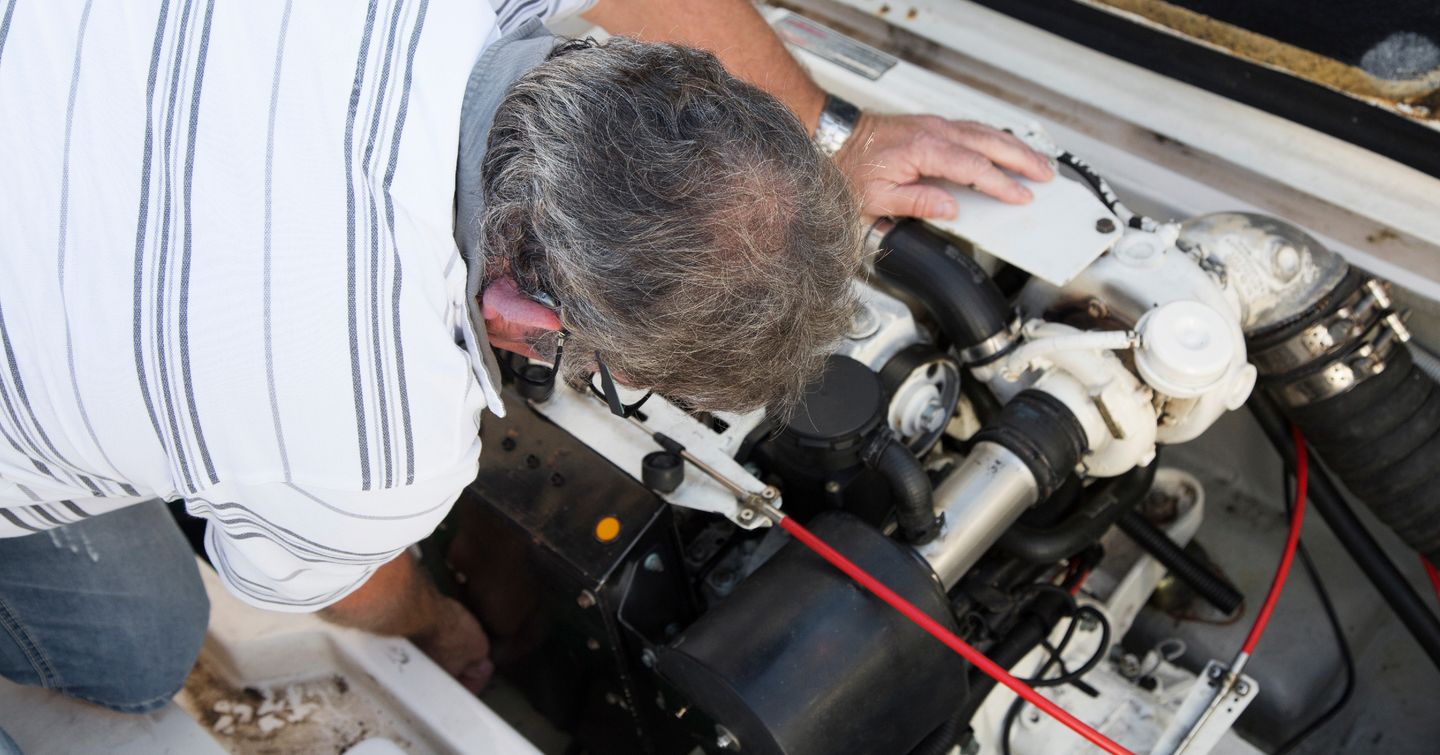
If you don’t have a crew onboard, attending a course on basic engine maintenance and repair will provide useful knowledge; it will help you make running repairs to keep you, your guests, and your boat safe.
While this list is specific to your boat’s propulsion engines, there may well be other engines onboard that will require their own box of spares, such as outboard engines, generators, or dive compressors.
While not being able to refill a dive bottle might not affect the cruise in a way a main engine fault would, being able to rectify problems there and then is always better than putting them off, especially if you need to fill a dive bottle to go under the boat to free a fouled propeller.
Essential Spare Parts
Engine and Alternator Belts
The belts on the front of the engine have around a 600-hour lifespan but should be checked annually or approximately every 125 hours. The belts spin the alternator which charges the ship’s batteries and usually runs the pump for the salt-water cooling side of the engine.
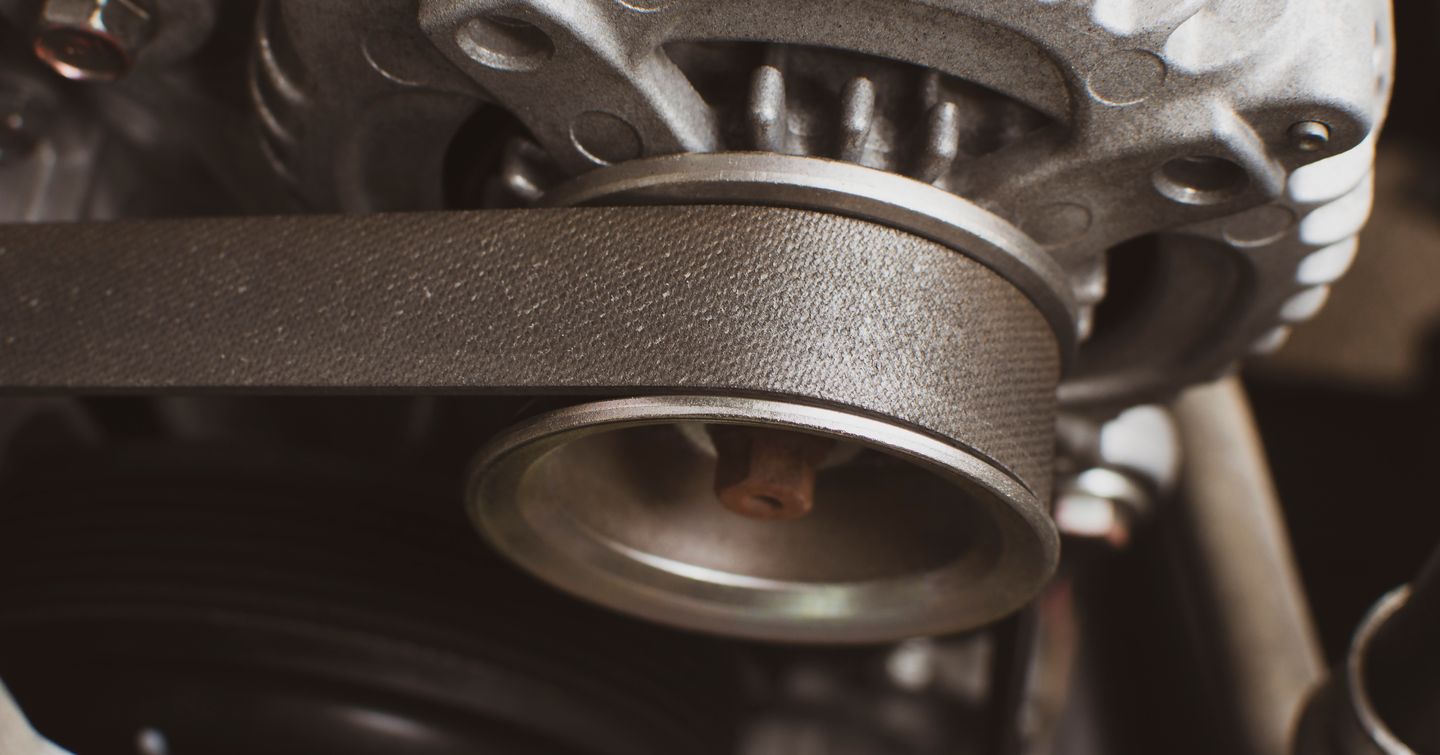
The belts can also run the power steering pump on some engines, so the loss of a belt can mean the steering requires a lot more effort. Many engines have two sets of belts, so when buying spares make sure each engine has a full backup set.
Engine Fuel Filters
If your fuel is dirty or has water in it, it is the filter that will prevent damage to the inner mechanics of the engine, injectors, or head gasket. The risks to major engine parts are minimized when using the correct filter and adhering to replacement guidance.
The initial line of defense for your fuel system is the primary fuel filter and water trap, situated right at the fuel tank. In the unfortunate event of diesel contamination by the notorious fuel bug, this filter is the first to bear the brunt. The fuel bug, a bacterial infestation thriving on water in the fuel, tends to obstruct this filter, potentially depriving your engine of its vital fuel supply. Given the varying quality of fuel worldwide, this primary filter also intercepts contaminants such as grit and rust, further safeguarding your engine and its performance.
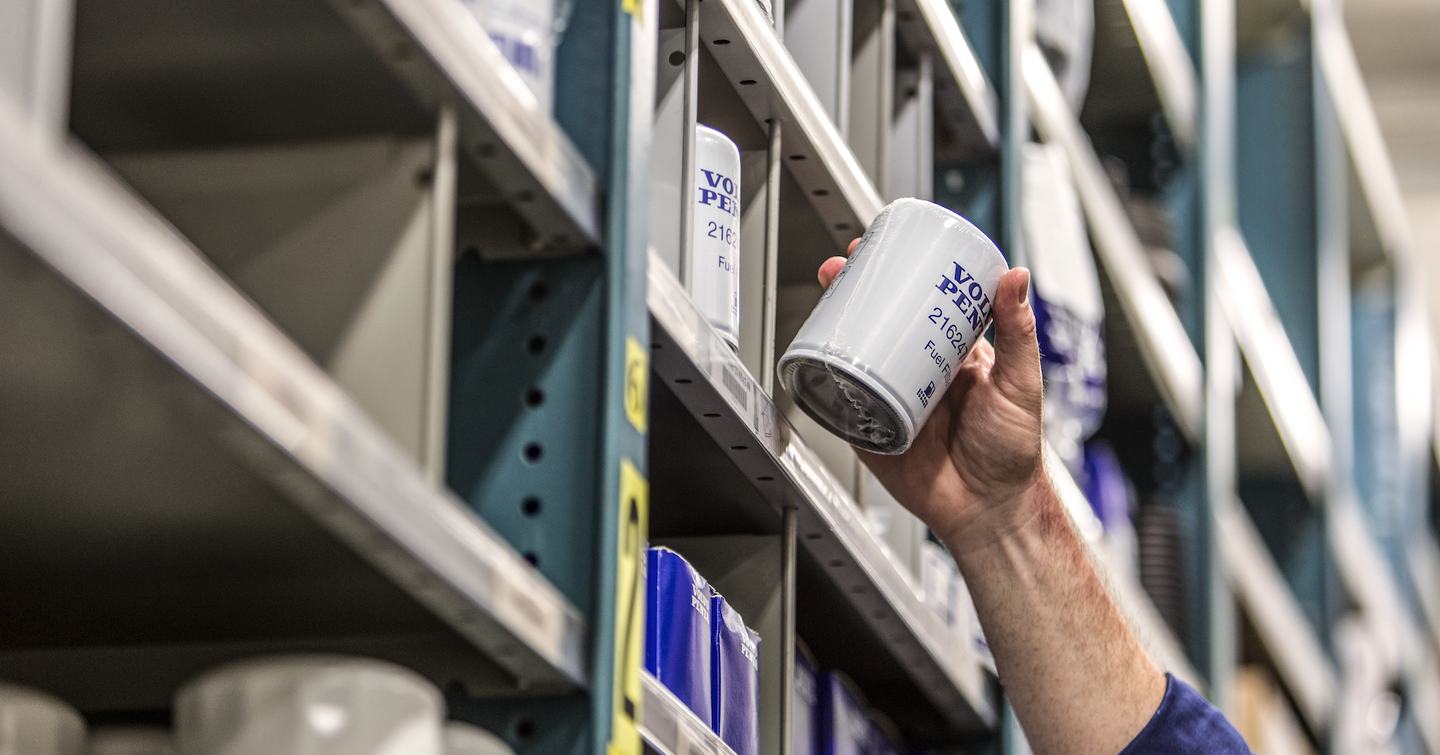
After passing through the primary filter, the fuel proceeds to the secondary fuel filter typically located on the engine. The housing for this filter includes a bleed screw on top, allowing for the removal of air from the fuel system, following the replacement of any filters within it.
The secondary fuel filter has a finer filtration capability, effectively preventing particles from reaching the injectors. Injectors are crucial components that release diesel at high pressure, creating a mist that ignites when compressed air heats up. Any foreign debris within the system poses a significant risk, potentially obstructing and causing damage to an injector.
Antifreeze
Antifreeze is important for engine cooling. Nearly all marine engines use the seawater from outside of the yacht to stay within the correct operating temperatures (either by sucking it into the boat and pumping it around the engine or by pumping hot engine water through cooling pipes on the outside of the hull), but this water is only used to cool the antifreeze solution within the engine block.
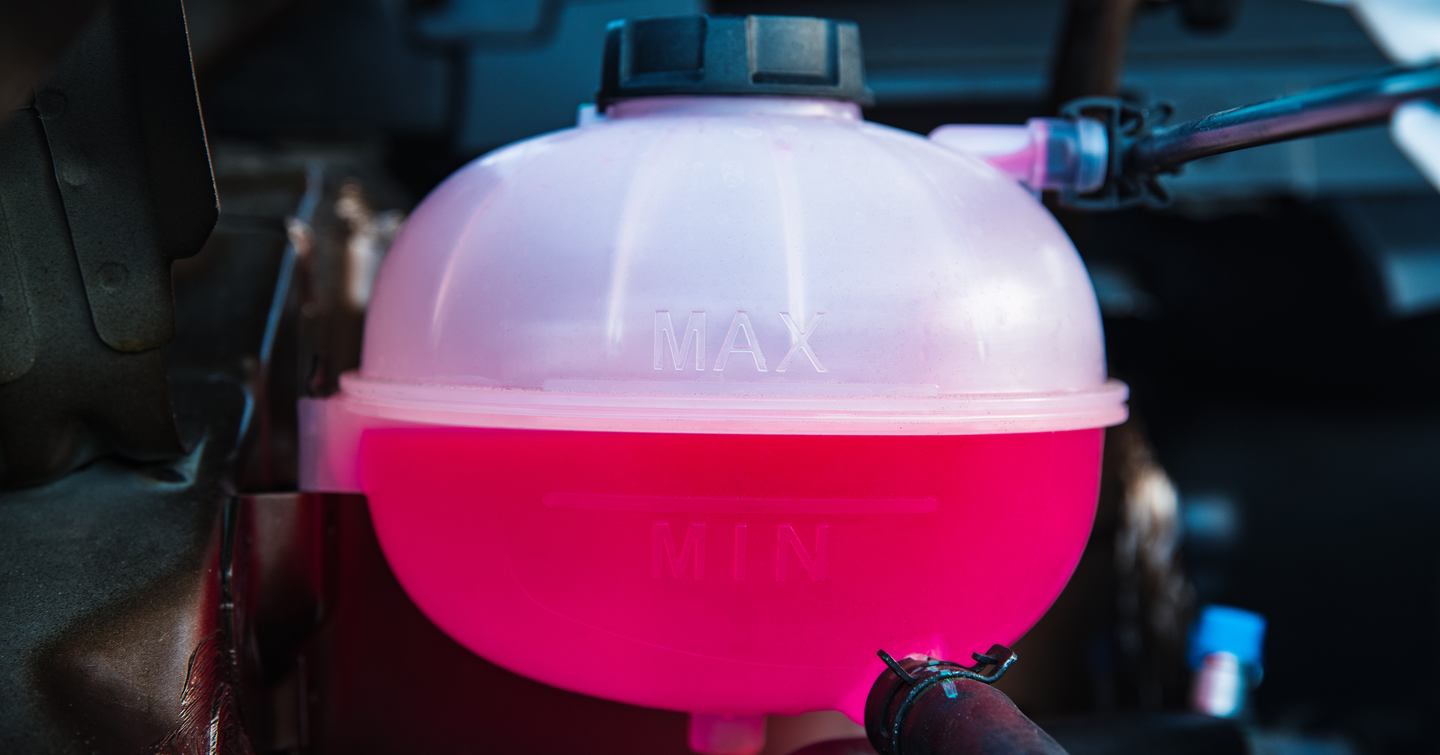
The antifreeze has corrosion inhibitors to stop rust, and different engine manufacturers recommend different solutions. It’s important not to mix different types of antifreeze, so if you don’t know which you have in your engine, it’s best to drain the cooling system, refill it completely, and keep a note of the antifreeze used.
Regular replacement of antifreeze is important to maintain its ice-preventing properties. As water freezes, it expands, and this can crack an engine block especially if the boat is out of the water during the winter months in sub-zero temperatures.
Hose Clips
In addition to its mechanical components, your engine relies on a network of ancillary systems powered by both water and oil. This intricate system is interconnected by a series of hoses. While all the hoses and clips should be checked routinely, corrosion may sometimes go unnoticed.
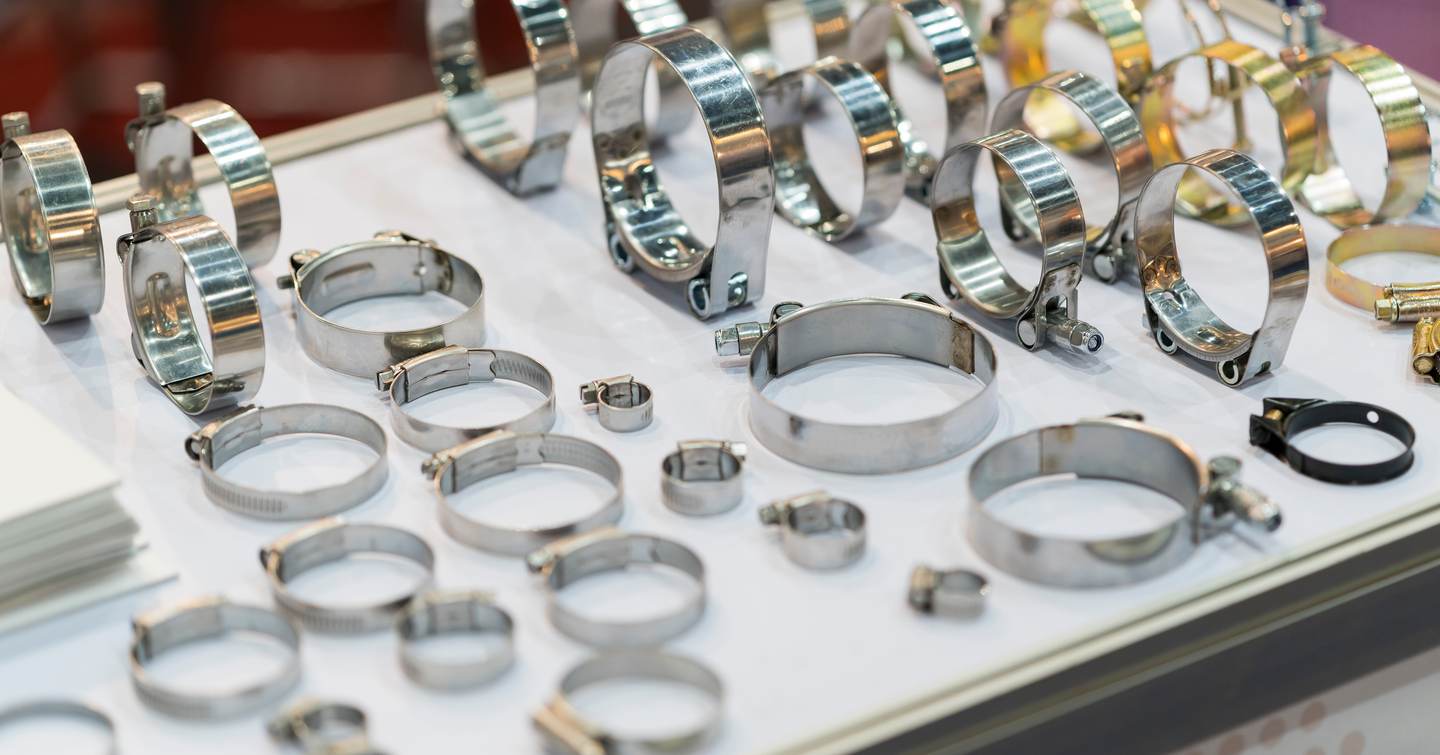
In the event of a clip failure causing a hose detachment, good timing might allow you to identify the issue before any harm occurs. It's advisable to keep a selection of hose clips in various sizes, as engines often feature a range of hose diameters. Ideally, each hose should have two clips attached.
Impellers
Your engine powers an external propeller, but to achieve this, it must effectively manage the heat generated by thousands of explosions occurring every minute. Failure to do so will result in overheating and eventual engine failure. The way your engine does this is by sucking cold (in relative terms) water from the sea and using this water to cool the cooling water within the engine via a heat exchanger.
Located on the external side of the pipe where seawater is drawn into the system, there's a protective grill designed to prevent debris from being pulled into the engine. From there, the water is propelled through a raw water strainer — a substantial unit typically made of bronze, featuring a transparent inspection cover on top. Roughly the size of a standard paint can (though its dimensions scale with the engine's size), this strainer houses a filter that shields the impeller from any marine elements or particles. This critical setup ensures the impeller operates smoothly and the engine receives clean, uncontaminated seawater.
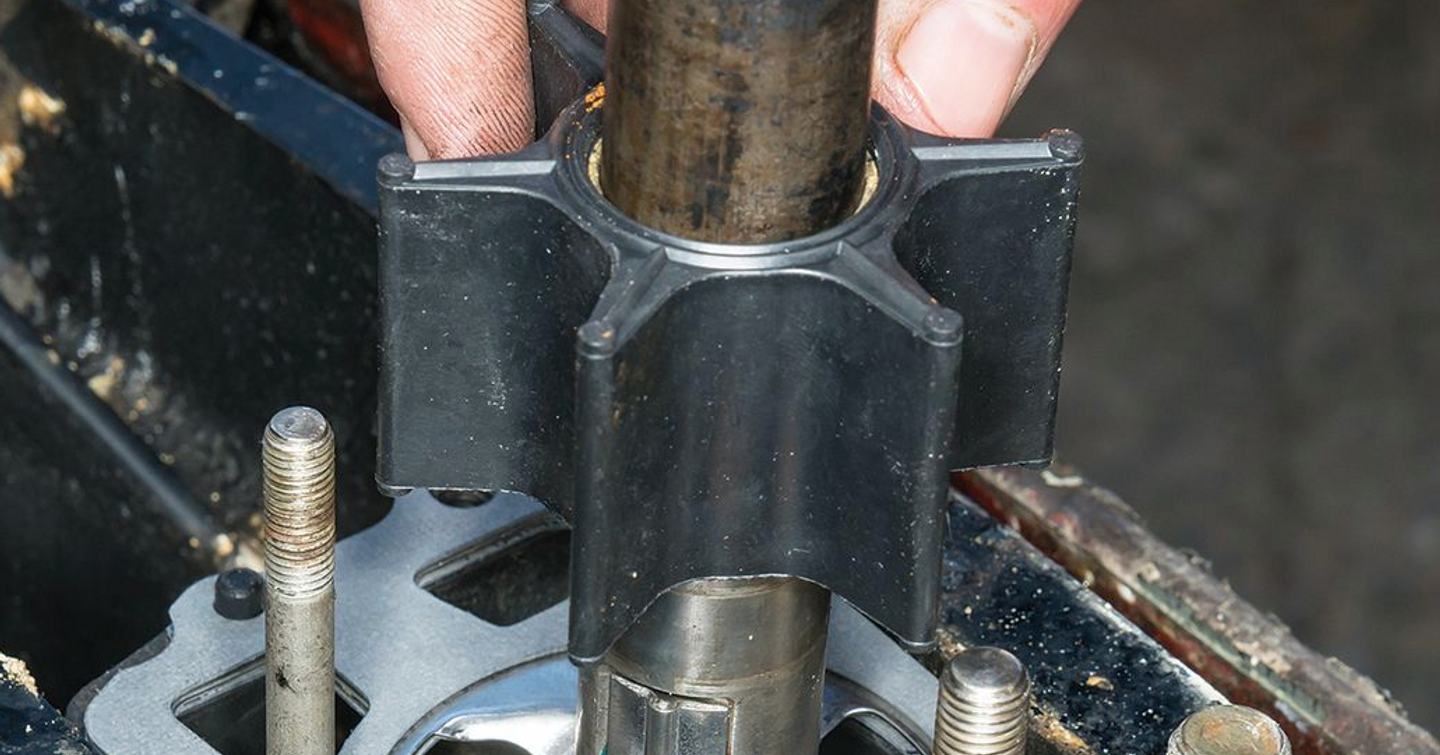
The impeller pump draws water through the strainer directing it to the heat exchanger, then ultimately out through the wet exhaust. If the outer grill or the strainer becomes blocked, or you forgot to switch on the seacock to allow the water into the engine, then the impeller will run dry, overheat, and break apart. In the best-case scenario, your engine overheat alarm will alert you to the problem, allowing you to shut down the engine. If unnoticed, the engine could overheat to the point of seizing up, resulting in significant damage.
The rubber impeller itself is a low-cost component and it's worthwhile to keep at least two onboard. Make a note to replace at regular intervals, which is recommended every three years or 100-300 operating hours, whichever comes first.
Lubrication
Engine and Gearbox Oil
Engine oil should be checked as part of your daily checks. However, don't just focus on the level; also assess the color and texture of the oil. Ensure it's clear and free from any cloudiness or indications of water contamination.
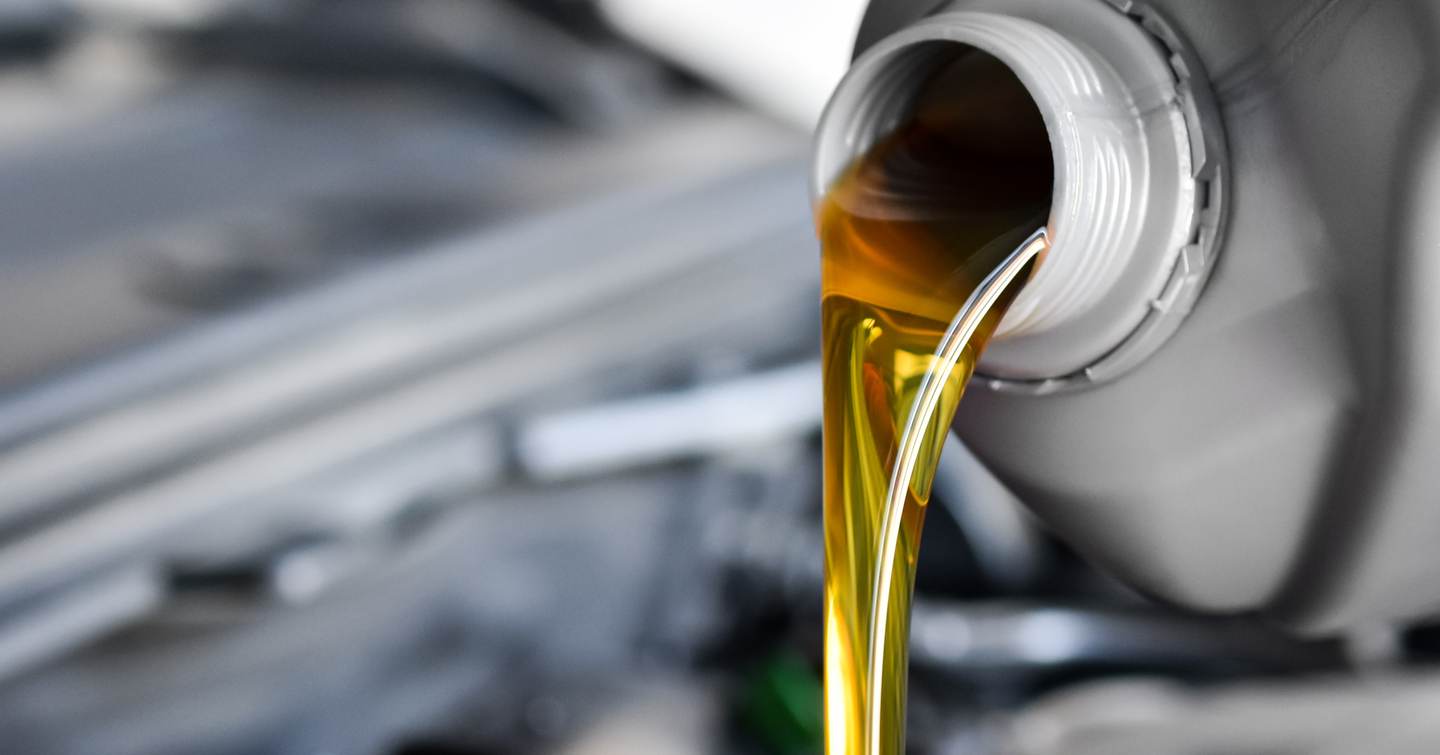
In the event of a significant oil loss, there may be limited immediate actions you can take to address the issue. In some cases, it may be possible to temporarily patch or tighten a component with a failed seal, but in other cases, replenishing the lost oil may well be your only option until you reach a safe haven in which to carry out a proper repair.
Always have enough oil onboard to carry out a full replacement of each engine and gearbox, with extra available for topping up.
Power Steering Fluid
If your yacht is equipped with power steering, it's wise to have a couple of bottles of power steering fluid (also known as automatic transmission fluid) onboard. The power steering system on your yacht consists of two distinct fluid-filled systems.
The wheel side of the system is filled with steering/hydraulic helm fluid (see below). On the other side of the system is the power steering pump, and this requires power steering fluid.
The correct specification fluid for the power steering side of the system must be used. Failure to do so could potentially lead to pump failure. In general, the system should not need topping up. In the event of power steering failure, the worst-case scenario is that the steering will revert to manual operation. Considerably harder to manage but certainly fine for getting you home.
Steering Helm Fluid
Most steering systems on motor yachts are hydraulic. A look behind the uppermost steering wheel should reveal a bleed nipple on the top of the steering pump. If the steering becomes light or jumpy as the wheel is turned, you may have air in your steering system. This might indicate the steering pump side of your steering system has a leak, or perhaps the system just needs bleeding.
Like many spares in this section, the boat can still be used and steered (in extremis by using an autopilot if you have one fitted) but being able to replace any lost fluid will save you and your engineer time.
Additional Spare Parts
Oil Filter
When setting off for extended cruising, it's important to adhere to the service schedule for oil changes. When changing the oil, it is highly advisable to replace the oil filter. This essential filter extracts minute particles of engine wear that can accumulate in the oil.
Having a spare filter readily available on board your yacht can significantly facilitate the oil-changing process, particularly in foreign ports where accessible main dealers or engineers can be a challenge. The filters are cost-effective, and planning ahead will reduce the hassle of trying to find one.
Alternator
If you have a twin-engine yacht, you already have a backup means of propulsion and power generation. If, however, you have a single-engine yacht and will be away for long periods, a spare alternator is a sensible precaution.

An alternator charges the various batteries onboard the yacht, including the dedicated engine start batteries and the house bank. The house bank runs the navigation equipment, lighting, and galley appliances. Some yachts employ two alternators, each dedicated to a specific battery bank.
Alternators are generally reliable, but it just takes one loose wire to short it, or the charger regulator, which can blow the diodes on the back of the alternator and it will fail to produce a charge. Many yachts will have a generator to use as a backup, but it may not be practical to use for the yacht’s key systems.
Yacht Tool Kits
All the spare parts onboard are of little use without the correct tools to fit them. Some basic tools, like a range of Philips, Pozi-drive, and flat-ended screwdrivers are self-explanatory, but it is important to consider engine-specific tools like an impeller extractor.
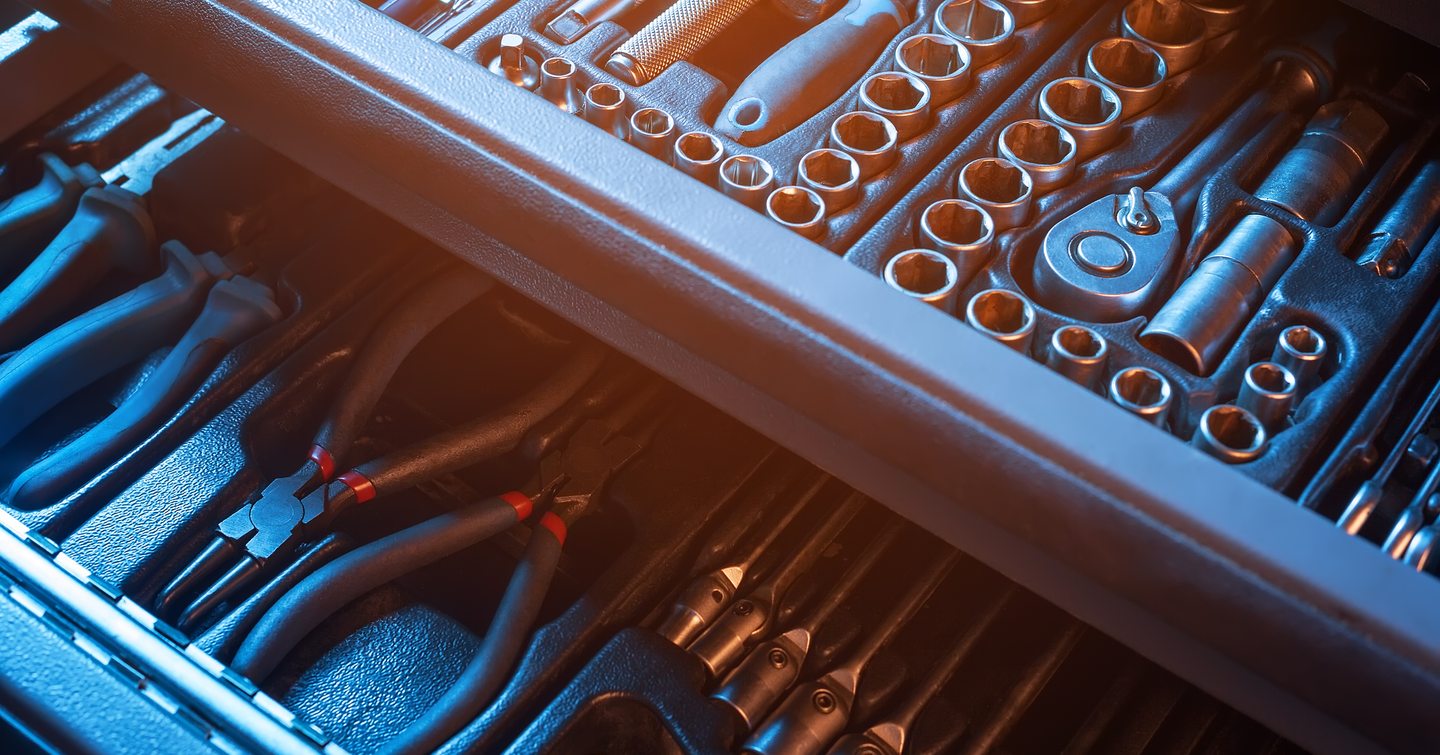
Many engine manufacturers offer specialized tool kits designed specifically for their engines. Whilst not the most economical solution, it will consolidate the required tools to service and maintain the engine in a convenient kit.
In Summary
Below we have compiled an overview of the spare parts your yacht may need while out on the open seas.
Spares: |
Essential |
Recommended |
Optional |
|
Antifreeze |
✓ | - | - |
|
Belt, Engine |
✓ | - | - |
|
Belt, Alternator |
✓ | - | - |
|
Fuel Filters |
✓ | - | - |
|
Hose Clips |
✓ | - | - |
|
Impellers |
✓ | - | - |
|
Oil, Engine and Gearbox |
✓ | - | - |
|
Power Steering Fluid |
✓ | - | - |
|
Steering Helm Fluid |
✓ | - | - |
|
Tools |
✓ | - | - |
|
Oil Filter |
- | ✓ | - |
|
Alternator |
- | - | ✓ |
